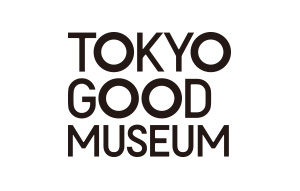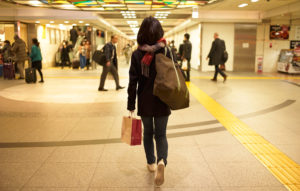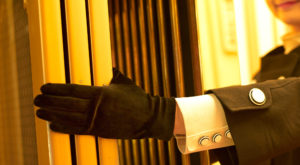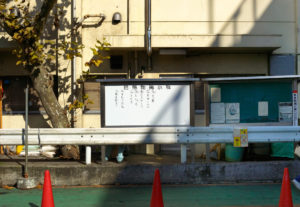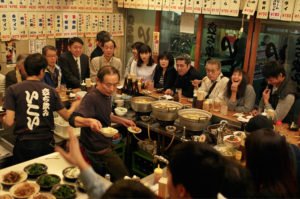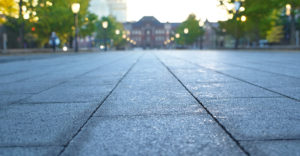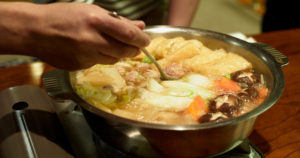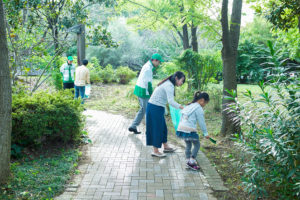Recycling Starts from Separating Trash into Categories
Reducing Burnable Trash
Japanese people remove the labels from plastic bottles, rinse out the inside of glass bottles or cans, tie up old newspapers and magazines and all the aforementioned items get picked up for recycling. The “Reduce/Reuse/Recycle” (3R) activity encouraging a comfortable life in Tokyo starts from categorising trash in detail. The result of the effort is clearly shown in the figures. In 2013, the amount of trash in the whole of Tokyo was 4,571,648 tonnes. Since it was 5,520,142 tonnes in 2001, it has reduced by about 950,000 tonnes in just 12 years. Looking at the 23 wards of Tokyo, compared to the bubble economy period in 1989 when the amount of trash was about 8.37 million tonnes, meaning it has reduced by as much as 43%.

Reuse Toys Full of Memories
The spirit of “reuse” and “recycle” has become popular as well. At Shinjuku Recycling Centre, the headquarters of recycling activity in the Shinjuku-ku, small electronic devices and wasted cooking oil are recycled, as well as holding a ‘Mo ichido (One more time) Club’ activity where they sell people’s discarded everyday goods or clothes on behalf of the owners. They even pick up, repair and clean the furniture that is left unused at people’s homes. In some cases, they take items like a music box, which has so many family memories to a ‘Toy Hospital’ where they repair toys full of owner’s childhood memories. At the centre, they repair the things people treasure or the things that are ready to be passed on to a new owner. The amount of stuff taken to the centre is increasing year by year.

The Origin of Recycling Goes Back to the Edo Period
Tracking down the origin of recycling, it became clear that the people in the Edo period already had the philosophy of recycling. After the Tokugawa Shogunate started, the city of Edo always had a problem regarding trash as the population grew rapidly in a short amount of time. Therefore, people started recycling any items which were still usable. They turned old kimono into children’s’ kimono, underwear, furoshiki (traditional Japanese wrapping cloths), diapers, cleaning cloths and finally the fuel for cooking. As for bowls in the bathroom or geta (traditional Japanese footwear), they used them until they became unusable by repairing them again and again. Metal or paper trash, even the burned ashes of candles were collected by the special operator for recycling. As you can see, 3R was such an ordinary practice even in the Edo period. Nowadays, the amount of reusable trash collected in the 23 wards of Tokyo is 551,666 tonnes. The trash is then categorized into items for reuse and those for recycle. This custom is not only great but also environmentally friendly.
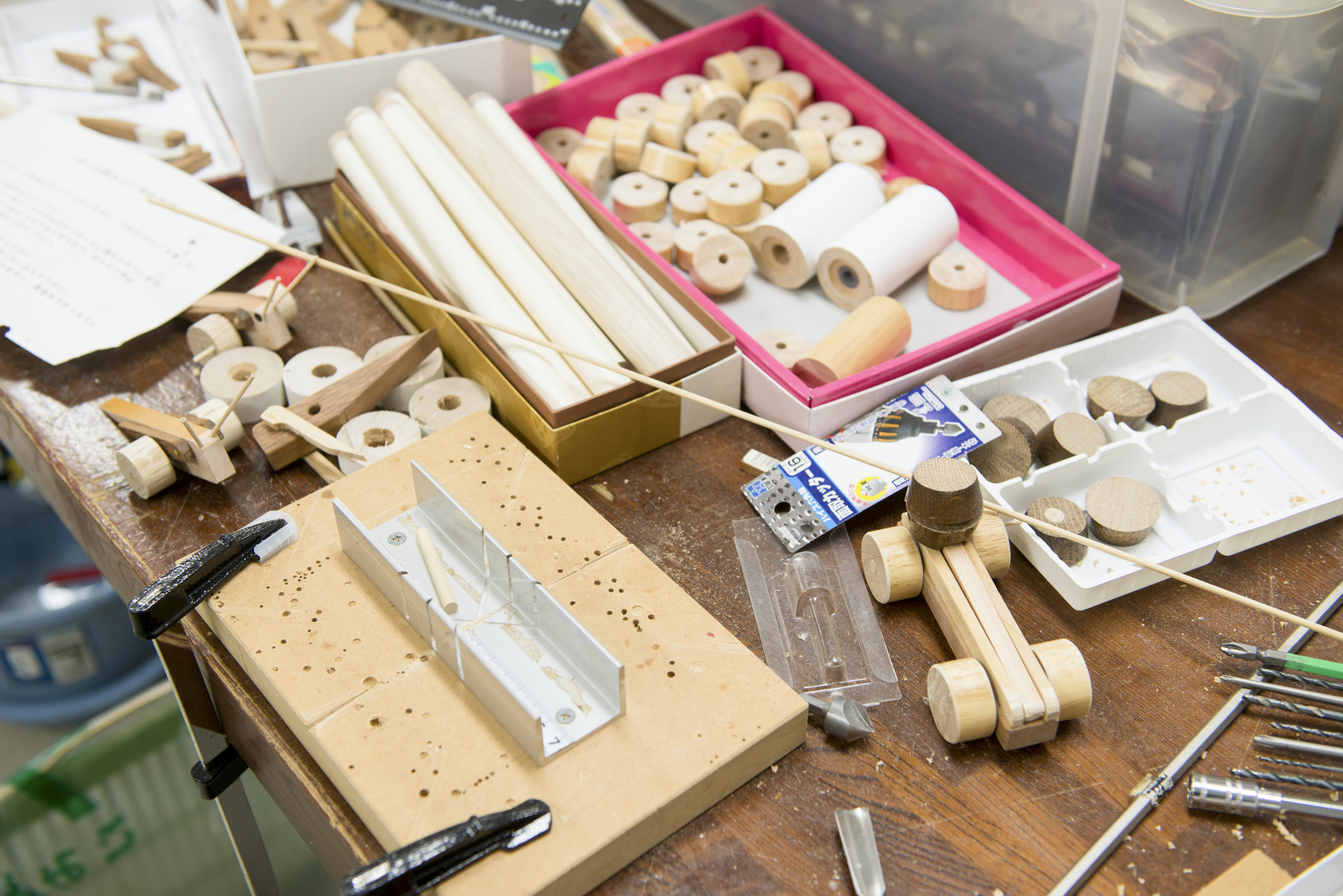
Data
| When did it start? | In the Edo period when the population of the city was 1 million. |
| Where can we see it? | You can spot the trash collection areas or recycling boxes anywhere in Tokyo. |
| Best suited time of the year or of the day? | Some local authorities have applications that can be downloaded to smart phones where they publish the information regarding how to separate the trash or when it is collected. You might also want to check out the events held by the local recycling centres. |
| Data | The amount of trash collected in Tokyo (In 2013) Burnable trash: 2,333,826 tonnes Unburnable trash: 137,774 tonnes Recycling: 591,007 tonnes |
| Please note | Before taking clothes into the local recycling centre, be sure to wash them. This is one of the manners to follow when it comes to recycling. |
In cooperation with: Shinjuku recycling centre, Nishiwaseda recycling centre
Reference:
Tokyo 23 wards Cleaning Special District authority ‘Change in the amount of trash in 23wards’
Tokyo 23 wards Cleaning Special District authority
‘Cleaning annual report (Tokyo 23 wards) Separate Volume Recycling in the fiscal year of 2015’
City of Tokyo ‘Change in the amount of trash in all over Tokyo’
‘In the Edo’ Hinako Sugiura (Wanibooks Corporation)
‘The illustration The world is surprisingly surprised Edo’s original ecological life’ Shunsuke Kanno (Seishun Publishing Company)




